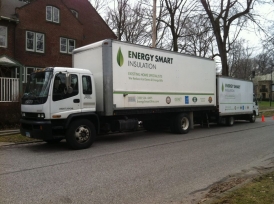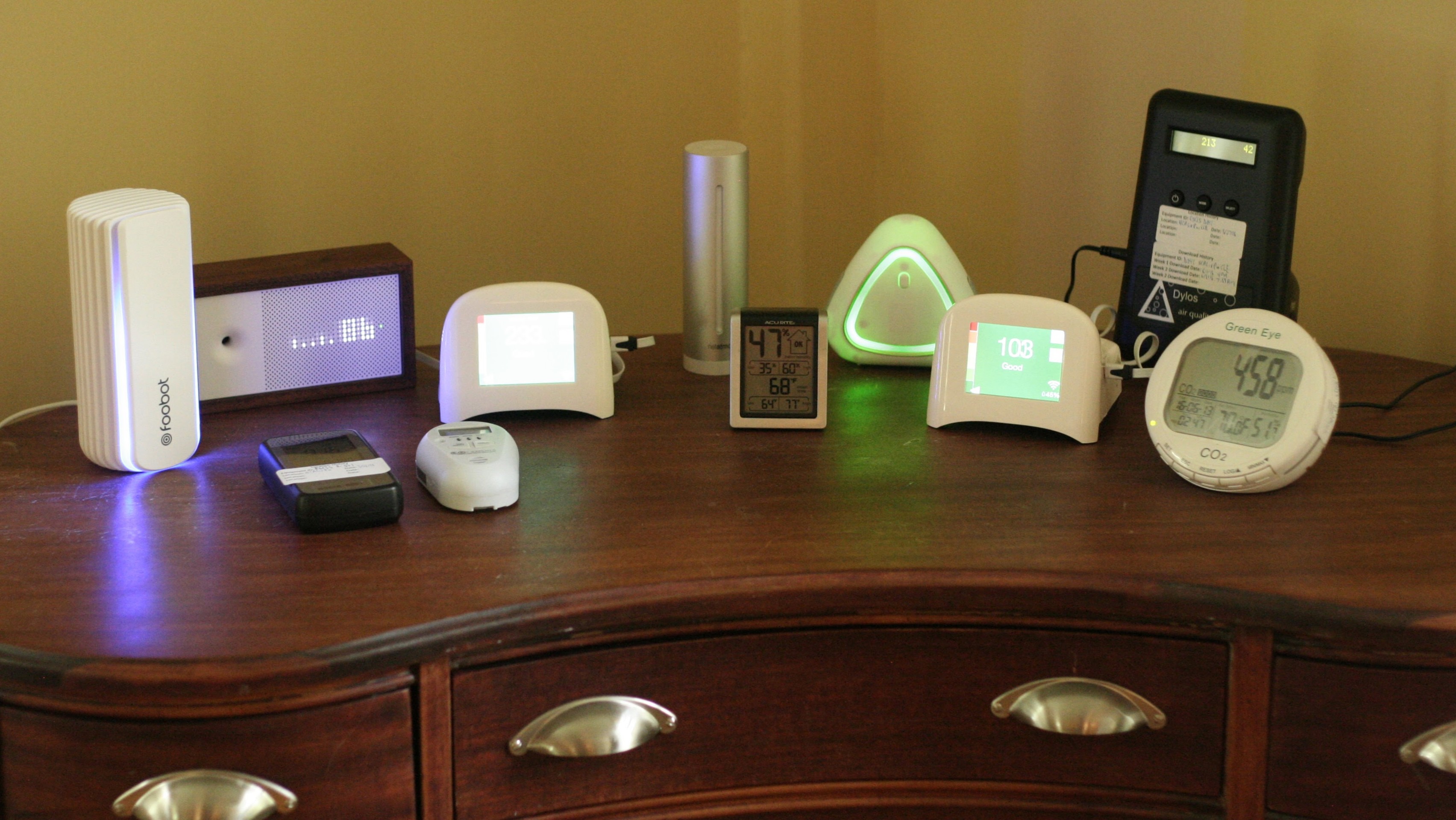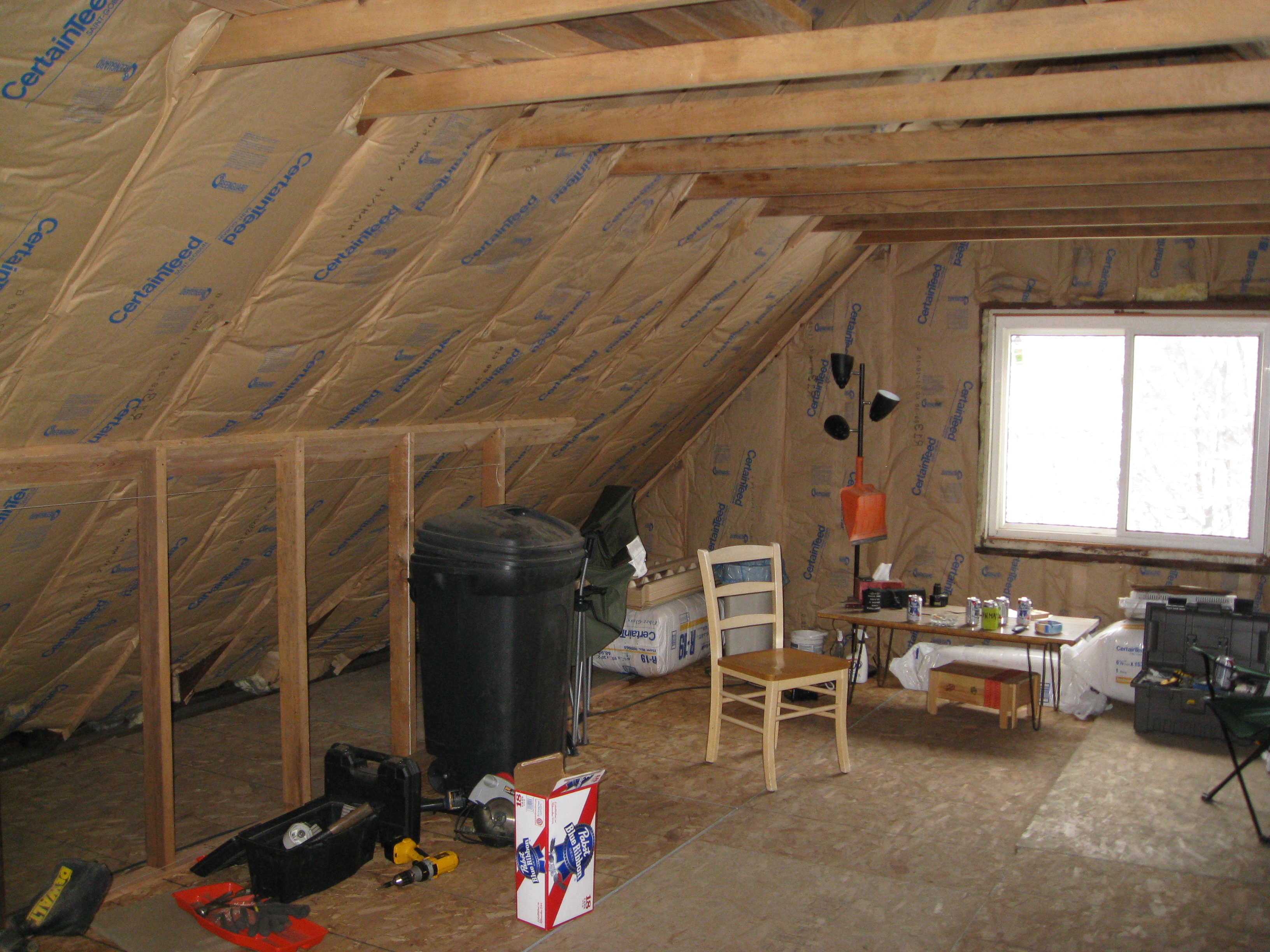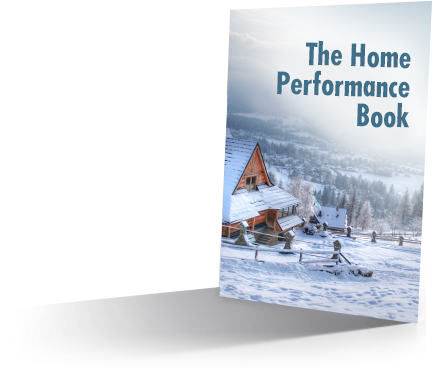How to Tell If Your Home Is Too Tight Using Carbon Dioxide
We’re often asked if a house can be too tight. The answer is a qualified yes – it can be, but that can be solved by bringing in fresh air. The same thought is behind ‘houses have to breathe.’ Houses don’t have to breathe, people do. How do you know if a house is too tight? One way air tightness can be checked is by measuring carbon dioxide (CO2) levels.
Why carbon dioxide? It’s a good proxy for air freshness. Humans breathe out CO2, so if air in a home or building isn’t moving much and anyone is breathing, CO2 levels go up. Here are a few reasons this could happen:
-
You’re having a party and lots of people are there breathing (the nerve!)
-
It’s spring or fall and the furnace or air conditioner isn’t running much, so it isn’t mixing the air in the house much. (Ever turned the blower off in your car for a while with 4 people in it? Yuck. Same gig.)
-
The house is ‘too tight’ and needs fresh air ventilation.
Is it a problem if carbon dioxide levels are too high?
Yep. CO2 is more than a proxy, it carries its own ill effects. Berkeley Lab recently found that moderately high CO2 levels have pretty strong effects on decision making abilities. Levels that can easily be found in a building. Previously, it was expected that only very high levels would have an effect.
Think those levels are unachievable in a building? Here is my inlaws’ house over Thanksgiving 2014:
CO2 levels are in pink. For reference, atmospheric CO2 levels are about 400 parts per million (ppm). The Berkeley study found some cognitive effects at 1000 ppm and marked effects at 2500 ppm. The levels in my inlaws’ house were above 1300 ppm the whole time we were there and spiked over the 2000 ppm level for a little bit. My inlaws’ house is too tight.
What’s going on in the graph:
There were 4 adults, our 17 month old daughter, a dog, and 2 cats for all but the first and last couple of hours. A bunch of family showed up at the end on Friday, which spiked the CO2 level above the range it measures. The Air Advice Indoor Air Quality Monitor was in the kitchen the whole time, which is open to the eating area and living room.
How tight is too tight?
Frankly, it varies. When houses start getting blower door numbers1 around their square footage, the house may be approaching where it could use some fresh air ventilation. Let’s use my inlaws’ house as an example.
My inlaws’ house was built in 2008. It’s an 1800 square foot ranch with a full basement. I consider a house to be beginning to get ‘tight’ when its square footage is the same as its blower door. This is a quick and dirty rule of thumb. My inlaws’ house would be ‘tight’ by this measure at a blower door number of 1800. It actually scored an 1100, so it’s pretty tight. The tightest existing home I’ve tested to date, in fact. There are FAR tighter homes out there, though, if their house was built to Passive House standards, that number would be 275 or less.
Once you know the blower door number of a house, you begin to know if it is too tight. The next step can either be to add fresh air ventilation or to test to see if high carbon dioxide levels or other indoor air quality problems exist before adding fresh air.
Is too tight a bad thing?
Absolutely not. A home that is too tight is actually a great thing, it just needs a little adjustment. My inlaws’ house is the most comfortable and evenly heated and cooled home I’ve ever been in. And I’ve been in a lot.
Why is having a tight home good?
-
1. Comfort – Air tight homes just ‘stay’. The temperature never moves up and down quickly. Rooms have almost the same temperature, so you won’t notice a big difference upstairs vs. downstairs or from one side of the home to the other.
-
2. Energy Bills – Air leakage is between 30-70% of the cost of heating and cooling your home. Tighter homes have far lower energy bills. Energy Smart saves its clients between 30-70% on bills, and the most important upgrade is to reduce air leakage.
-
3. Durability – Lots of problems are caused by moisture. Water vapor moves on air. In leaky homes, water vapor can get where you don’t want it to – inside walls, the attic, and so forth, where it can condense and start to rot things. Tighter homes generally have less of a problem with this.
-
4. Healthier and Safer – A leaky house brings air in through typically crappy places like the basement, the attic, and through walls with who knows what in them. A tight home (with fresh air ventilation) brings most of its air in through one spot, and you know where that spot is.
-
5. Humidity Control – If humidity is too high, you get mold, mildew, rot, more chemicals offgassing, plus it’s really uncomfortable because your sweat doesn’t cool you off. If it’s too low you’ll get dry skin, flu spreads easier, you may have more sinus problems, and more. You can read more on our humidity page. In a tight home it’s easy to control humidity because it doesn’t leak in or out quickly.
What’s Next: Fresh Air Ventilation
The solution to a house that is ‘too tight’ is purposely bringing in outside air, bringing down carbon dioxide levels.
This is called Fresh Air Ventilation, think of it like leaving a window open all the time, but without the consequences. If done correctly, it will have very low energy consequences.
This can be achieved with 3 different products which we won’t dive into here too deeply, try Googling them and looking for something on BuildingScience.com or GreenBuildingAdvisor.com:
-
1. ERV – Energy Recovery Ventilator
-
2. HRV – Heat Recovery Ventilator
-
3. Ventilating Dehumidifier
Each of these products brings in fresh air from outside. Many models filter the incoming air. The first two (ERV and HRV) also exhaust inside air out. The ventilating dehumidifier has the advantage of reducing humidity in the air coming in from outside or within the house, but they rely on leaks in the home to exhaust inside air. All have strengths and weaknesses.
Which one is best for you and your home and how much ventilation you need depends on a lot of factors and should be part of a larger plan that takes potential side effects into account. Be sure to bring in an energy auditor and/or Indoor Air Quality expert to help you with this process.
What Else Does Fresh Air Ventilation Accomplish?
What doesn’t it accomplish? (Kidding, it’s not snake oil.) Seriously, besides reducing CO2 levels, bringing in fresh air helps get rid of a lot of the junk that otherwise accumulates in our homes, which have been getting substantially tighter since about 1950. Cleaning products, cooking smells, household chemicals and paints, and so forth all get gradually pushed out of the house. New furniture and building materials often contain formaldehyde (it’s also a major component in new car smell), and those chemicals are important to get out of the house. It can help reduce how much dust and particulates are in the house. Continuously moving fresh air through a home is the best way to accomplish these things.
Don’t Forget to Filter Outside Air
Remember, though, that the outside air needs to be filtered coming in, it often is pretty lousy. The American Lung Association publishes an outdoor air quality ranking called State of the Air where you can check your location. Cuyahoga County, home of Cleveland, and Summit County, home of Akron, both have an ‘F’ rating from the ALA. Lots of smog and dust can come in from outside, so be sure to get a filter on your fresh air system, too.
Want to Figure This Out On Your Own?
You can purchase CO2 monitors starting at about $110, we have a few in our Amazon store. Carbon dioxide won’t tell you the whole story of whether your house is too tight, but it’s a chapter in the book at a minimum. It doesn’t cost a penny extra to buy through us, we do get a small commission. Here are two monitors to consider:
This little monitor can also log CO2 levels, it’s the least expensive one we could find.
A Netatmo comes with a phone app and measures a lot more than just carbon dioxide. If you’re a data geek, consider one of these, they’re still cheaper than most IAQ tests.
Time for the Pitch
Do you think your home is too tight? Do you think you have a problem with carbon dioxide levels in your home?
Energy Smart can help. Our initial consultations include pulling a blower door number on your home, the single most important measure of whether a house is ‘too tight’. Air leakage is also typically the largest driver of comfort problems and energy bills. We also have an Air Advice Indoor Air Quality monitor that can measure and record carbon dioxide levels in your home (and also chemical pollutants, carbon monoxide, particulates, temperature, and humidity.)
Our process will get to the root cause(s) of the problems you are looking to solve and develop balanced solutions to them keeping side effects in mind. Very, very few companies work holistically like this. Indoor Air Quality (IAQ) is only a piece of what we do, but we consider it for each and every client.
Don’t pick up the phone yet, though. You have some homework to do first. We ask our clients to be educated so that you’re up to speed before our arrival. What we do can feel like alchemy – looking at a house from a holistic systems perspective – so a little reading will help you understand it’s not witchcraft, just Building Science. Below are a few pages to read before you reach out, and the more you read, the better.
The best way to reach out is to fill out our online questionnaire. This will save us all time and earn you a nice discount on the initial consultation. Want to learn more about what’s in the initial consult? Click here.
Further Reading:
Indoor Air Quality – The air inside your house is likely 2-5 times dirtier than outside. Here’s the rundown on what IAQ is.
Indoor Air Quality Testing – See an actual report from an Air Advice IAQ tester.
Humidity: Another Make or Break for Your Home – A top 10 list of how high and low humidity screws things up in your home. Mold and flu and eczema, oh my!
The Science Behind What We Do – Home Performance is rooted in science. Everything is interconnected, and we try hard to keep those connections in mind. Here’s the basics.
Problems We Can Help With – Want to know if we can help? Here’s a starter list of problems we can solve.
Indoor Environmental Quality (IEQ) – True comfort is more than just thermal comfort. Find out more about what is involved here.
Related Links
High Carbon Dioxide Levels Impair Cognitive Abilities – Berkeley Lab
New Car Smell in FEMA Trailers is Bad for Health – New Republic
1 A blower door is a big fan that goes in your front door and pulls air out of your home, then measures how much it leaks. Here is what one looks like, and by the way, that’s me, I lost a bet.
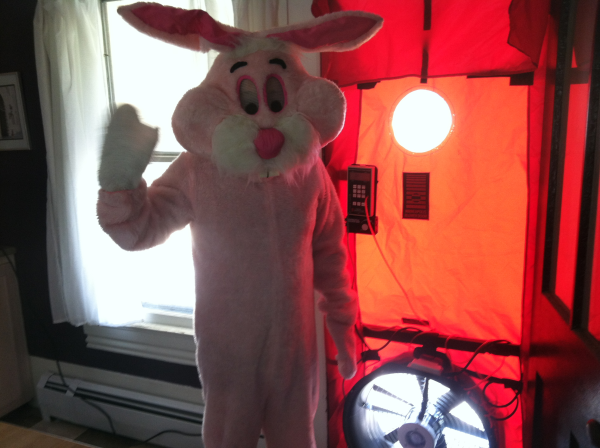
Get the HVAC Guide

It's free! Make buying a new furnace, air conditioner, or heat pump less stressful.


